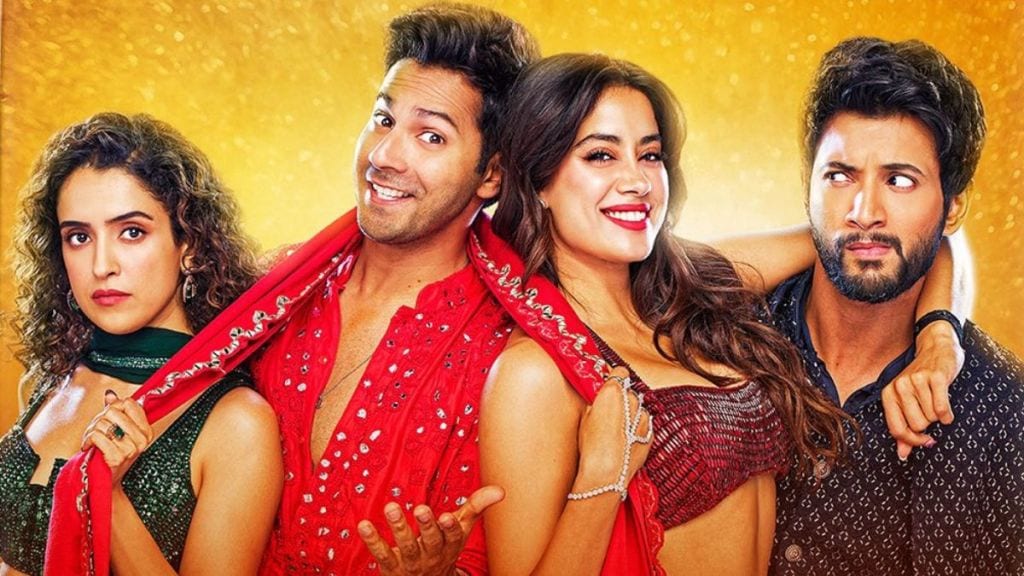Sunny Sanskari Ki Tulsi Kumari, starring Varun Dhawan and Jahnvi Kapoor was released on Oct 2, coinciding with Gandhi Jayanti, Dussehra and the release of Rishab Shetty’s Kantara: Chapter 1. This latest release by Dharma Productions is yet another romantic-comedy with catchy music, hilarious one-liners and colourful sets and marks Varun Dhawan’s return to the big screen since his last film Baby John which emerged as a commercial and critical failure in 2024.
Collections on Day 1 as expected
The film had a decent opening on Day 1 despite mixed-to-poor reviews and a controversial song remake that was off-putting for movie goers. According to Sacnilk, Box Office tracker and the industry source for Bollywood data, the film earned Rs 9.25 crores on the first day which was at par with predictions of Rs 8-10 crores on opening day as per pre-bookings. Though it falls short when compared to Kantara which broke records with its Rs 60 crore opening, It fared better than both the lead actor’s last ventures. Jahnvi Kapoor’s Param Sundari earned a mere 7.25 crores on opening day while Baby John which was Varun’s last feature bled money through its initial run week, managing to rack up only Rs 39.5 crores in India on a budget of Rs 180 crores.
The film starring Varun Dhawan and Jahnvi Kapoor as leads was also powered through by a strong supporting cast in the form of Sanya Malhotra and Rohit Saraf. The plot revolves around Sunny (Dhawan) and Tulsi (Jahnvi) and the heartbreak they face when their significant others are engaged to each other. What follows is a comedy of errors where they attempt to win them back via questionable means but end up developing feelings for each other in the process. The movie is helmed by director Shashank Khaitan who has previously worked with Dhawan on movies like Humpty Sharma Ki Dulhaniya and Badrinath ki Dulhania and with Kapoor on Dhadak.
Theatre occupancy was reasonable
The movie had around 3000 screenings across the country. Delhi and Mumbai had the most shows with 711 and 535 shows in each. Occupancies during the show remained reasonable with morning shows pulling in 17% and 19% in both while evening shows pulled in 49% each. Both cities averaged on an overall 38% occupancy rate which is fairly decent.
If the occupancy rate remains stable or picks up through the week, the movie could do fairly well for a romantic-comedy. However, initial reviews may have knee-capped its success and its future remains slightly uncertain. Will it be a box office darling or a disaster? That remains to be seen.

